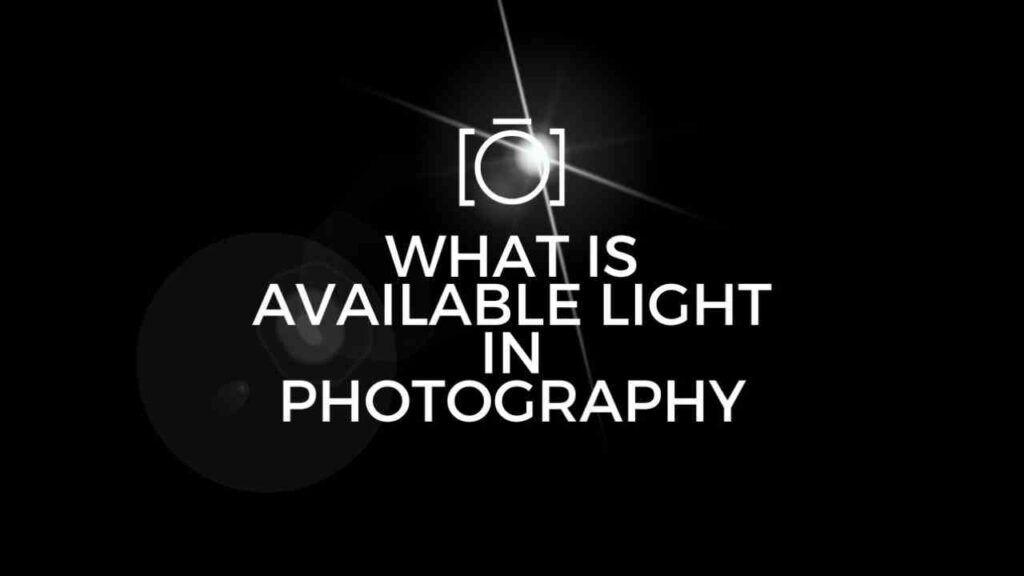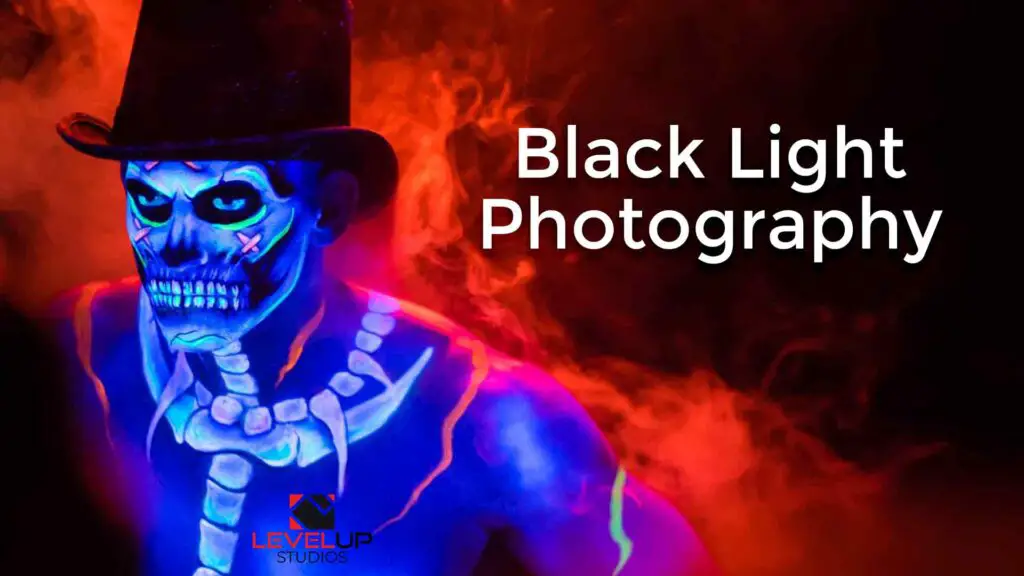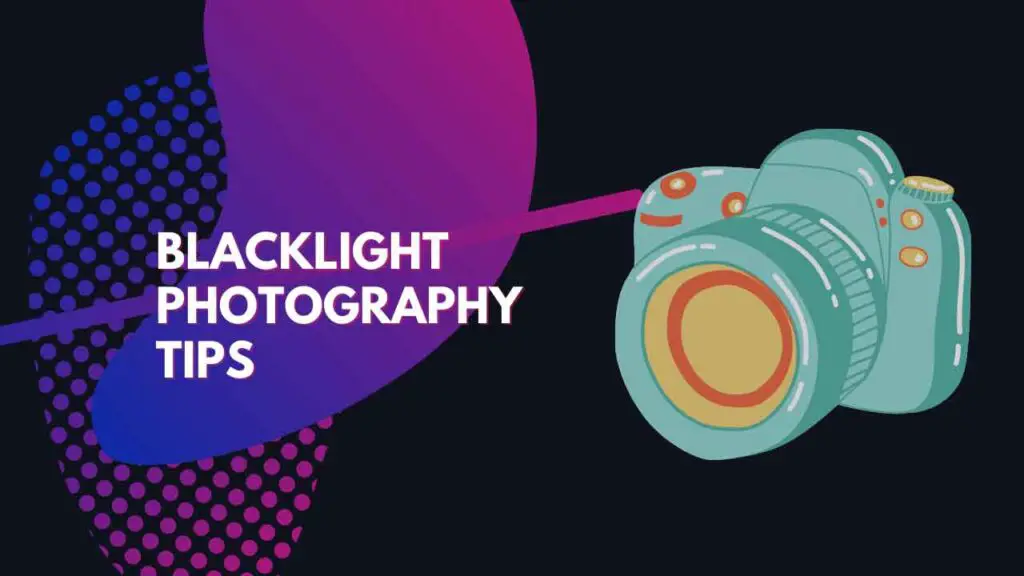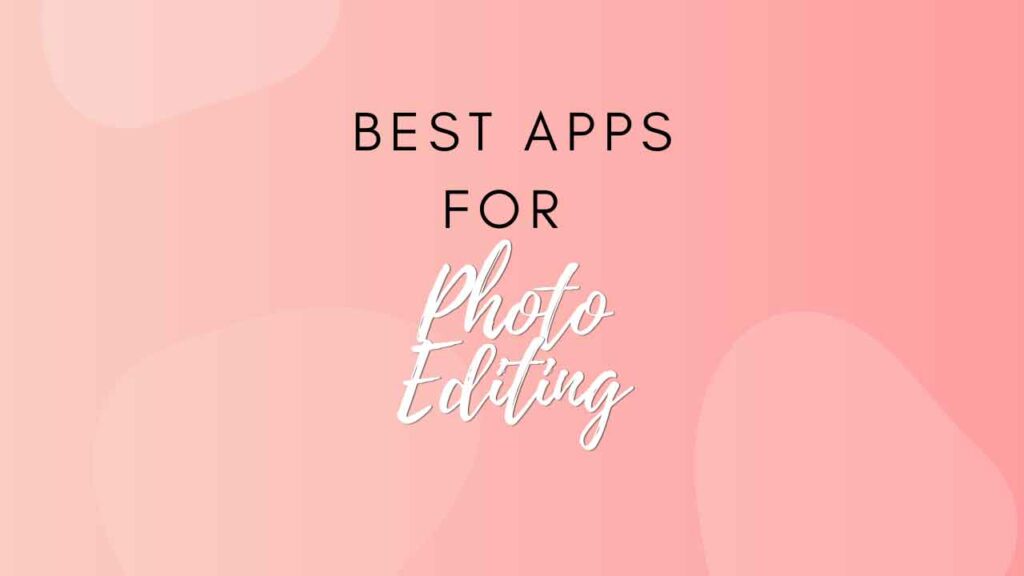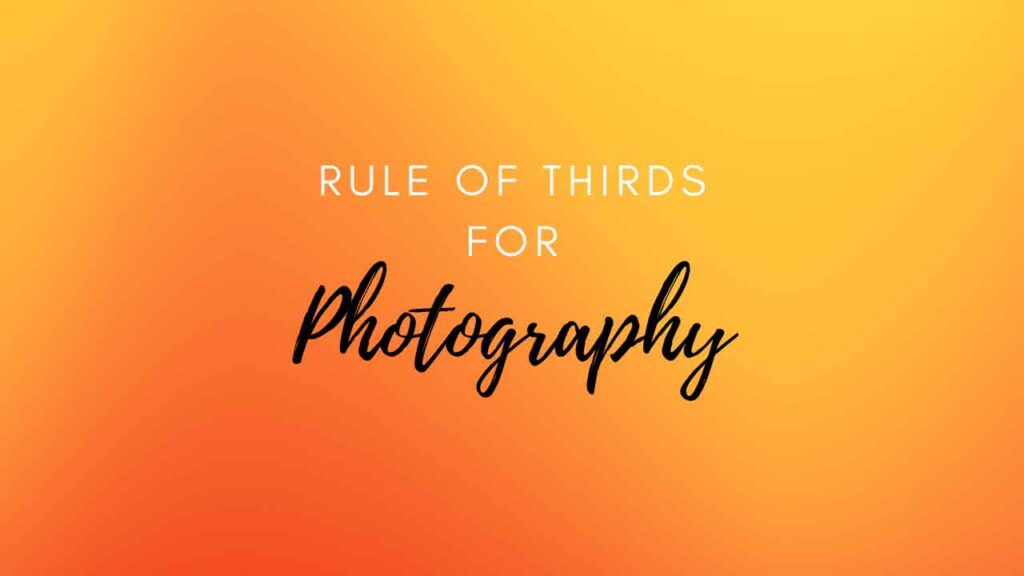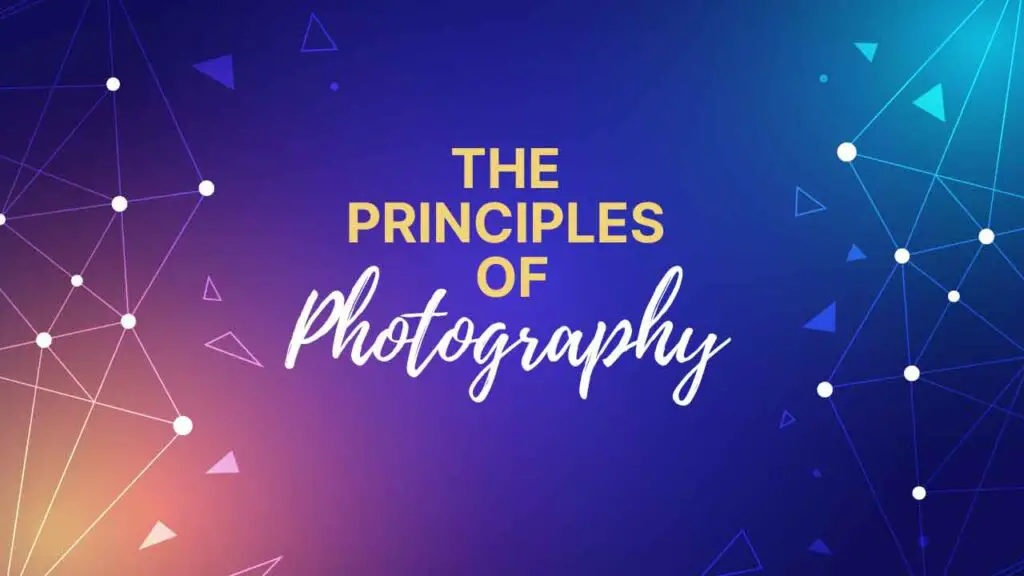THIS ARTICLE MAY CONTAIN AFFILIATE MARKETING LINKS! IN CASE YOU MAKE A PURCHASE THROUGH ONE OF THE LINKS, WE'LL GET A SMALL COMMISSION. WITH NO EXTRA CHARGES TO YOU. THANKS!!
Navigating through the world of photography people come across the word available light and think what is available light in photography? Let’s explore the answer for this question. In the world of photography, light is not just a fundamental element; it’s the very essence that breathes life into every frame. Among the myriad ways light shapes our images, there’s one type that holds a special place for its authenticity and mood-setting abilities—available light.
What is Available Light in Photography?
Available light is the art of harnessing the light that already exists in a scene, be it the golden hues of a setting sun, the soft glow of a streetlamp, or the flickering of a candle. It’s about finding the harmony between shadow and highlight, color and contrast, and using it to tell a story as natural and unscripted as life itself.
As we delve deeper into the nuances of available light in photography, we’ll explore how it can transform the mundane into the magnificent, and why photographers around the globe chase after these fleeting moments of natural brilliance.
Types of Available Lights
In the realm of photography, the term “available light” encompasses a diverse array of lighting conditions, each with its own unique characteristics and applications. Natural light, the most readily available source, is the light provided by the sun. It can be direct, casting sharp shadows and creating a vivid contrast, or it can be diffused by clouds or atmospheric conditions, resulting in a softer, more even light. The time of day greatly influences the quality of natural light; for instance, the Golden Hour—the period shortly after sunrise or before sunset—offers a warm, diffused light that is highly sought after for its flattering qualities.
Moving beyond the natural spectrum, we encounter ambient light, which refers to any light present in the environment that isn’t specifically added by the photographer. This includes both natural sources, like sunlight filtering through windows, and artificial ones, such as streetlights or neon signs. Ambient light can be manipulated using various techniques to achieve the desired effect, whether it’s to create a mood, highlight a subject, or convey a certain time of day.
Artificial light comes into play when natural light is insufficient or when a photographer seeks to create a specific lighting setup. This category includes continuous lights, strobes, and flashes, which can be adjusted in terms of intensity, direction, and color temperature to suit the photographer’s vision. Modifiers such as umbrellas, softboxes, and reflectors are often used in conjunction with artificial lights to shape and control the light, allowing for a wide range of creative possibilities.
Each type of available light offers its own set of challenges and opportunities. Natural light is unpredictable and ever-changing, requiring photographers to adapt quickly and use the available conditions to their advantage. Ambient light can add depth and atmosphere to an image but may require additional equipment to modify and control. Artificial light provides the most control but also demands a thorough understanding of lighting techniques to use effectively.
Understanding and mastering the different types of available light is crucial for photographers, as light is the primary tool for shaping the visual narrative of their work. By recognizing the potential of each light source and learning how to harness its qualities, photographers can elevate their imagery from mere snapshots to compelling works of art.
How Does Available LIght Affect Photographer
Available light plays a pivotal role in photography, profoundly influencing both the photographer’s approach and the final outcome of the images. It affects the mood, texture, and authenticity of a photograph, often dictating the narrative that the image conveys. Here’s how:
- Mood and Atmosphere: The quality of available light—be it the softness of dawn or the harshness of midday sun—can evoke different emotions and set the tone of the photograph.
- Authenticity: Natural or ambient light captures scenes as they are, lending a sense of realism and truth to the images. This authenticity is something that photographers often strive to achieve, as it allows viewers to connect more deeply with the photograph.
- Technical Considerations: The intensity and direction of available light determine the camera settings a photographer must use, such as shutter speed, aperture, and ISO. These settings, in turn, affect the image’s depth of field, motion blur, and graininess.
- Creative Choices: Photographers must make creative decisions based on the available light, such as choosing the right moment to shoot, selecting the appropriate angle to capture the light, and deciding whether to modify the light with reflectors or shades.
- Challenges: Working with available light can be challenging due to its unpredictability and the limitations it may impose. For instance, a photographer might have to deal with high contrast situations or low light conditions, which require skill and experience to overcome.
In essence, available light is both a constraint and a muse for photographers. It challenges them to be observant, reactive, and inventive, all while providing a canvas of light that can transform the ordinary into the extraordinary. The interplay of light and shadow, color and contrast, is what ultimately gives a photograph its character and power to captivate.

How to use Available LIght as a Beginner
As a beginner photographer, learning to use available light effectively is a crucial skill that can greatly enhance the quality of your images. Available light, or ambient light, is the light that naturally exists in a scene without any additional lighting equipment. It can come from the sun, moon, streetlights, or even indoor lighting. The first step is to observe the light around you and understand its direction, intensity, and color. Soft light, such as on an overcast day or during the Golden Hour, is often easier to work with and can produce flattering results with minimal shadows.
When shooting outdoors, position your subject so the light falls on them in a way that complements their features. For example, placing them at an angle to the sun can create a nice balance of light and shadow, adding depth to the image. If the sunlight is too harsh, seek shade or wait for cloud cover to diffuse the light. Reflectors can also be used to bounce light onto your subject and fill in unwanted shadows.
Indoors, window light can provide a beautiful and natural source of illumination. Position your subject near a window and use curtains or blinds to control the amount of light entering the room. Be mindful of the color of the light as well; early morning and late afternoon light tends to be warmer, while midday light is cooler. Adjusting your camera’s white balance settings can help maintain accurate colors in your photographs.
Experimentation is key. Try shooting at different times of the day and in various lighting conditions to see how the light affects your images. Pay attention to the shadows and highlights, and use them to create visual interest and contrast. Remember, photography is as much about capturing light as it is about capturing subjects. Embrace the challenge of working with available light, and you’ll find it can lead to some of the most rewarding and creative results in your photographic journey.
Conclusion
As we reach the conclusion of our exploration into the luminous world of available light in photography, it’s clear that this natural resource is more than just a component of exposure—it’s the heartbeat of every image. Available light is the silent narrator of visual stories, the painter of scenes, and the sculptor of details. It is both the simplest and the most complex aspect of photography, accessible to all yet mastered by few.
For the beginner photographer, available light is the first teacher, offering lessons in observation, timing, and creativity. It encourages a mindful approach to the craft, urging one to see not just with the eyes, but with the heart. As you continue on your photographic journey, remember that the best light is the one that resonates with your vision and the story you wish to tell.
In closing, embrace the dance of light and shadow, and let the world around you unfold through your lens. Whether it’s the soft caress of dawn light on a landscape or the dramatic interplay of neon and night, available light is your ally in the art of photography. Use it with intention, respect its nuances, and above all, enjoy the process of capturing the fleeting moments that, once framed, become timeless.
May your path be illuminated by the endless possibilities of available light, and may your images reflect the unique perspective that only you can bring to the world. Happy shooting!
With this, we wrap up our discussion on available light in photography. It’s a topic as vast as light itself, with each ray opening up new avenues for learning and expression. Keep experimenting, keep learning, and keep sharing the beauty you capture. The world is waiting to see your vision brought to life by the wonderful and ever-changing light that surrounds us.
